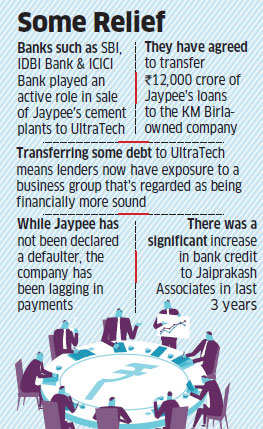Amidst global challenges, the finance minister has presented a very prudent growth-oriented Budget without walking away from the fiscal deficit reduction road map.
Amidst global challenges, the finance minister has presented a very prudent growth-oriented Budget without walking away from the fiscal deficit reduction road map. This also opens up a window for the Reserve Bank of India to bring down interest rates further and expect at least one rate cut very soon.
Substantial investment of Rs 97,000 crore has been allocated for road sector. It is also been said that the government has decided to add 50,000 km of road length to the existing national highway network. This will create more development opportunities in the years to come.
To revitalise projects under public- private partnership (PPP) model, two significant steps have been taken which include issuance of guidelines for renegotiation of PPP concession agreements in a transparent manner, and new credit rating system for infrastructure projects to be issued.
Due to creation of new credit rating system, the benefits accruing to infrastructure projects will be better appreciated, resulting in a better rating. This will help infrastructure developers tap bond market and because of better rating of projects, insurance and pension funds will be able to come forward to fund these projects.
Another significant step for a progressive public-private partnership project frame work is making Real Estate Investment Trusts (REITs) and Infrastructure Investment Trusts (InvIT) structure investor friendly.
In this regard, now distribution made out of income of special purpose vehicle to the REITs and InvITs having specified shareholding, will not be subjected to dividend distribution tax, in respect of dividend distributed after the specified date. With this change the long pending demand of investors will stand addressed and Infrastructure Investment Trusts can now become a success story.
The Budget will have a good impact on boosting domestic demand, which will help the overall economic growth. Renewed impetus to irrigation is also a very welcome move. The Budget talks about implementation of 89 irrigation projects under AIBP which were languishing for a longer time and fast tracking of the same.
The overall allocation for rural sector and agriculture sector will also help the growth to pick up substantially. Renewed focus on initiatives like skill development, Make in India and incentives associated with the same in the Budget will result in good amount of employment generation.
The only disappointment in the Budget proposal is with regards to double taxation of dividend income, and would have been good if the same could have been avoided.





